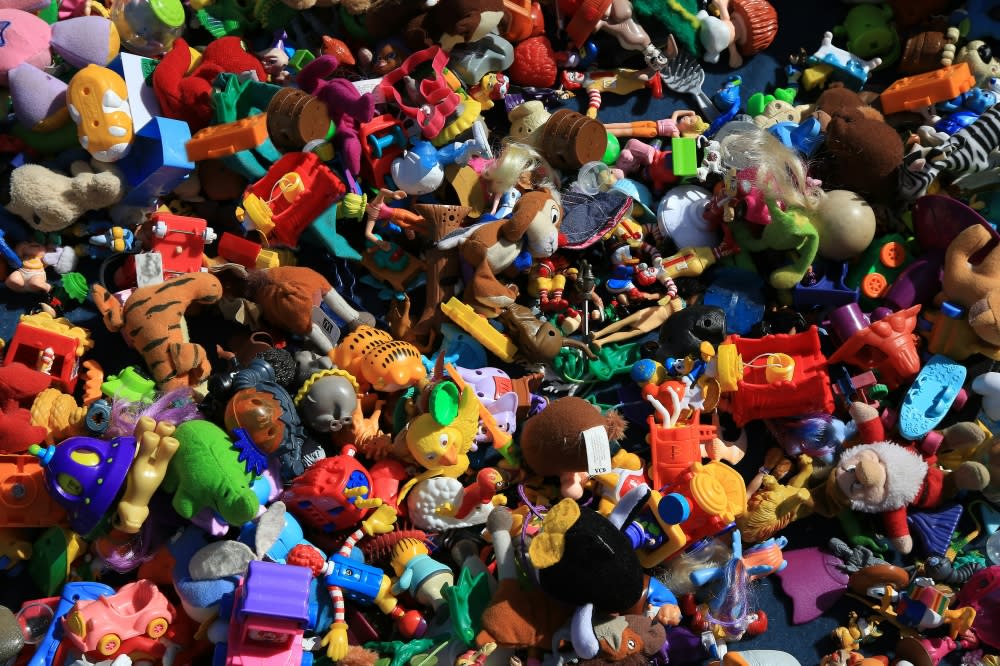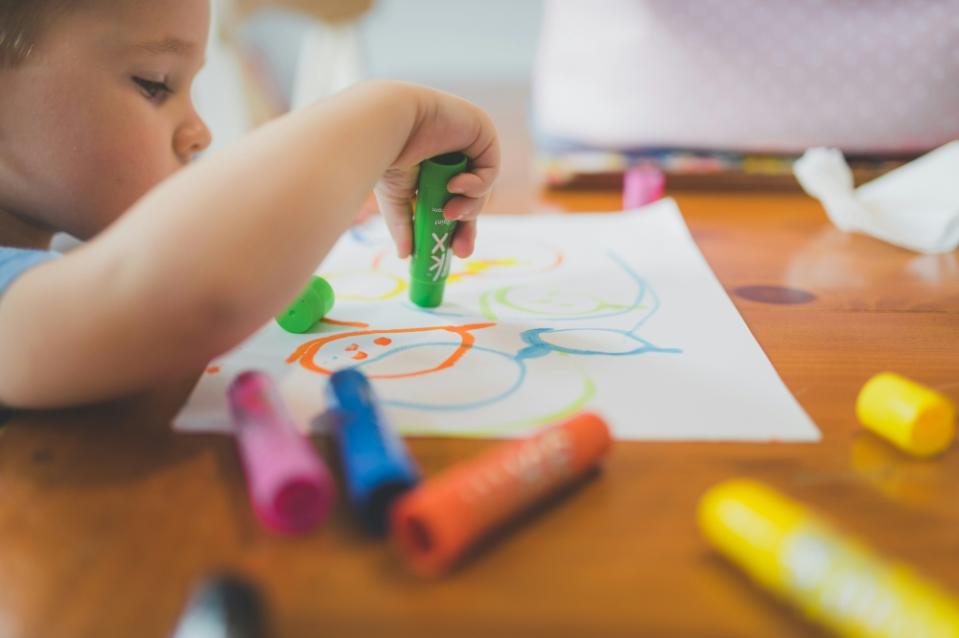Give kids household things to play with instead of plastic toys, expert tells parents

KUALA LUMPUR, Feb 29 — Plastic toys may not be as cute and innocent as they seem.
In fact, with chemicals like lead and phthalates lurking in them, plastic toys might be the worst companion to leave your toddler with.
Associate Professor Dr Subhashini Jayanath said children could be exposed to lead simply by biting or placing plastic toys in their mouth.
Children below six years old are at greater risk to the effects of lead exposure since they are developing at a greater rate, she said.
Lead exposure could result in stunting, developmental delay, inattention and behavioural challenges such as impulsivity, among others.
“Long-term effects include lowering of cognitive levels (level of intelligence), learning difficulties, trouble in focusing, which impacts their performance in school.
“It can also lead to hearing impairment and affect the kidneys and reproductive organs,” Dr Subhashini, a consultant developmental and general paediatrician at University Malaya Specialist Centre (UMSC), said.

University Malaya Specialist Centre consultant developmental and general paediatrician Associate Professor Dr Subhashini Jayanath. — Picture courtesy of UMSC
Besides lead, plastic toys also contain phthalates — a group of chemicals often used to soften plastics — which disrupts hormone production and the reproductive system.
Another commonly found chemical in flexible plastics, like plastic bath toys and plastic dolls, is polyvinyl chloride (PVC) which contains both lead and phthalates.
In December 2023, Consumer Association of Penang (CAP) president Mohideen Abdul Kader also flagged concerns about the presence of chlorinated paraffin in plastic toys.
Mohideen cited a study conducted by International Pollutants Elimination Network (IPEN) which found short-chain chlorinated paraffin (SCCP) and medium-chain chlorinated paraffin (MCCP) in 31 samples of plastic toys collected from 10 countries, including Malaysia.
These toys include inflatable horses, shrilling chickens, rubber ducks, dolls and plastic teddy bears.
Surprisingly, SCCP was listed for elimination under the Stockholm Convention in 2017 due to their persistence and toxicity.

Dr Subhashini says using household items like paper, pencils, pots, pans and shells spark creativity and invention in kids. — Unsplash picture
Best toys are everyday objects
In a world where plastics have become inevitable, first-time mum Ong Sze Yin said parents must do thorough research before purchasing anything for their kids.
“It is not just toys. Even plastic water bottles are so common now.
“So, I really look through the list of materials used in every product that I buy for my four-year-old son,” Ong, a music teacher from Pahang, said.
Meanwhile, Renitha Ramoo pointed out that alternatives like wood-based toys, albeit better than plastic toys, still pose other problems.
“Although wood-based toys are supposedly more eco-friendly, safer and better for child development, they can be very expensive.
“Wood-based toys also attract mould very fast,” Renitha, who has a 16-month-old toddler, said.
Dr Subhashini agreed with their concerns.
Hence, she said the best toys for kids are the everyday objects readily available at home.
“Previous generations often used household items such as paper, pencils, pots, pans and shells as play items. These things spark creativity and invention in children,” she explained.
Dr Subhashini also advised parents to purchase toys that are appropriate for their children’s age group.
Toddlers aged below two, she said, should not be given toys with small or detachable parts and not be allowed to sleep with many soft toys as it might cause suffocation.
Toys with batteries or spinning parts should be avoided for children aged between three and five due to risk of injury, she said.
“Small building blocks, puzzle pieces, plain coloured paper and glue, along with crayons, pencils and painting tools are good options for those aged between five and seven,” she said.



